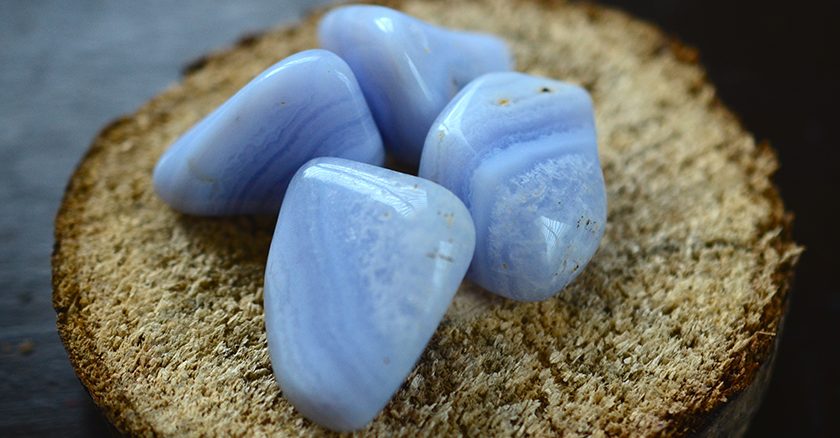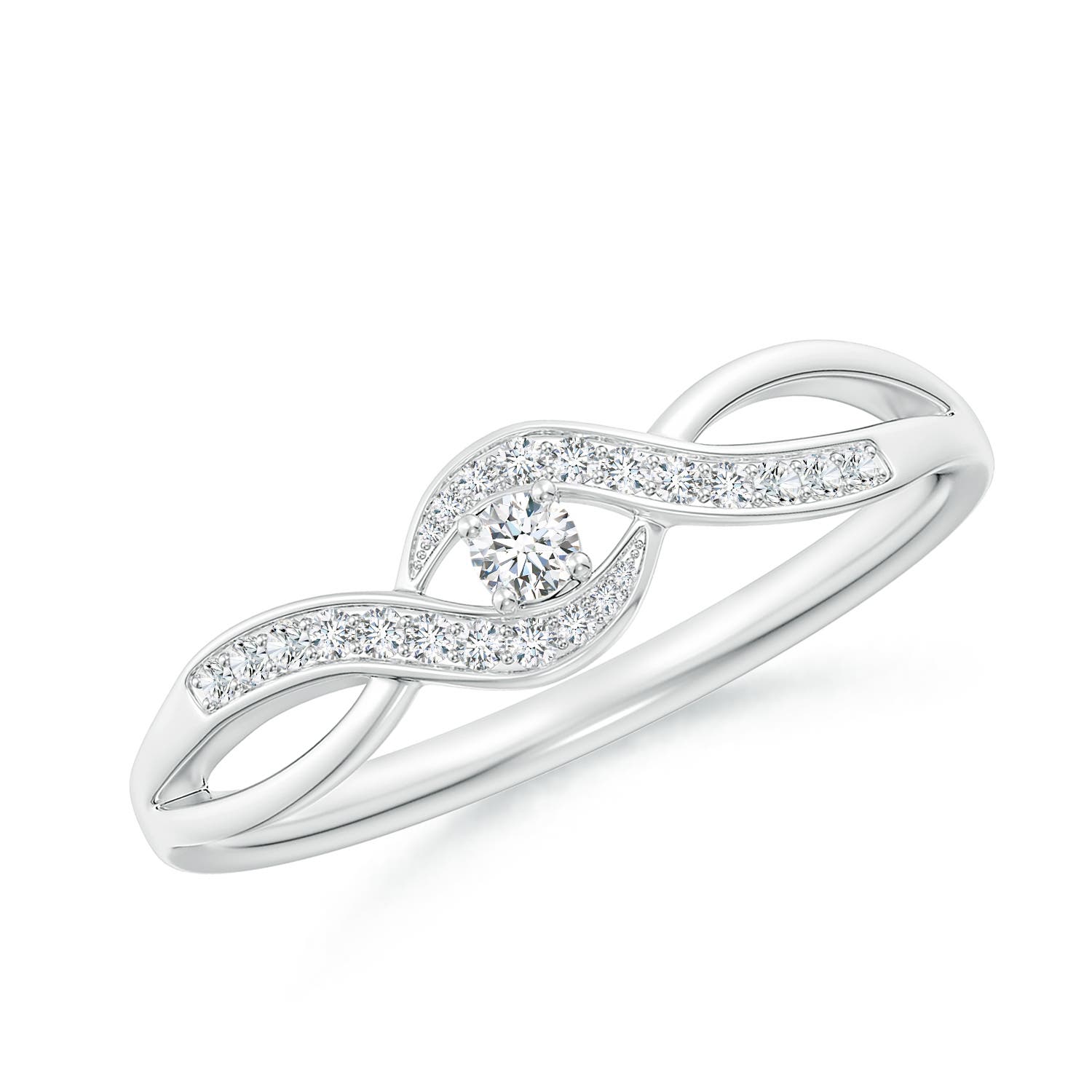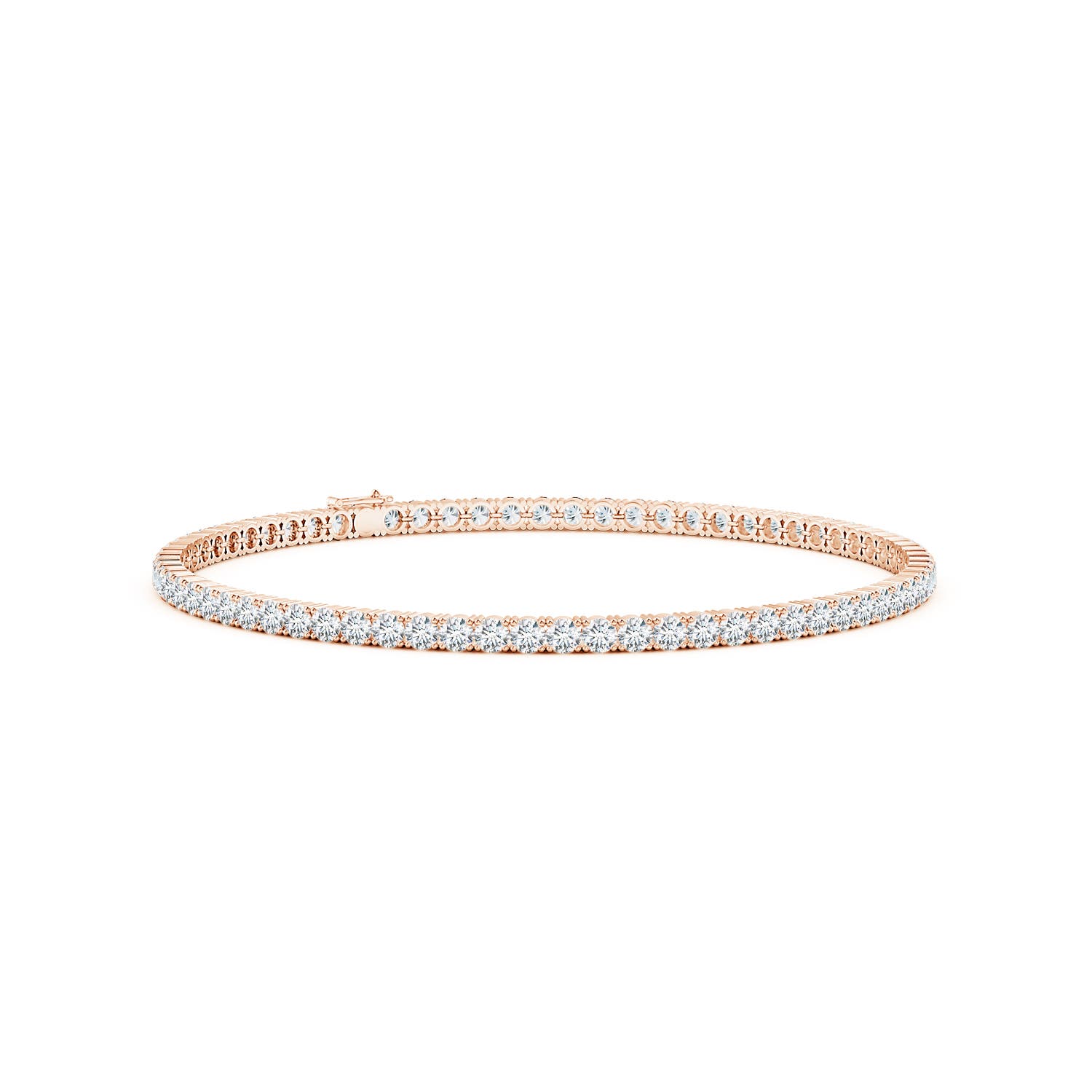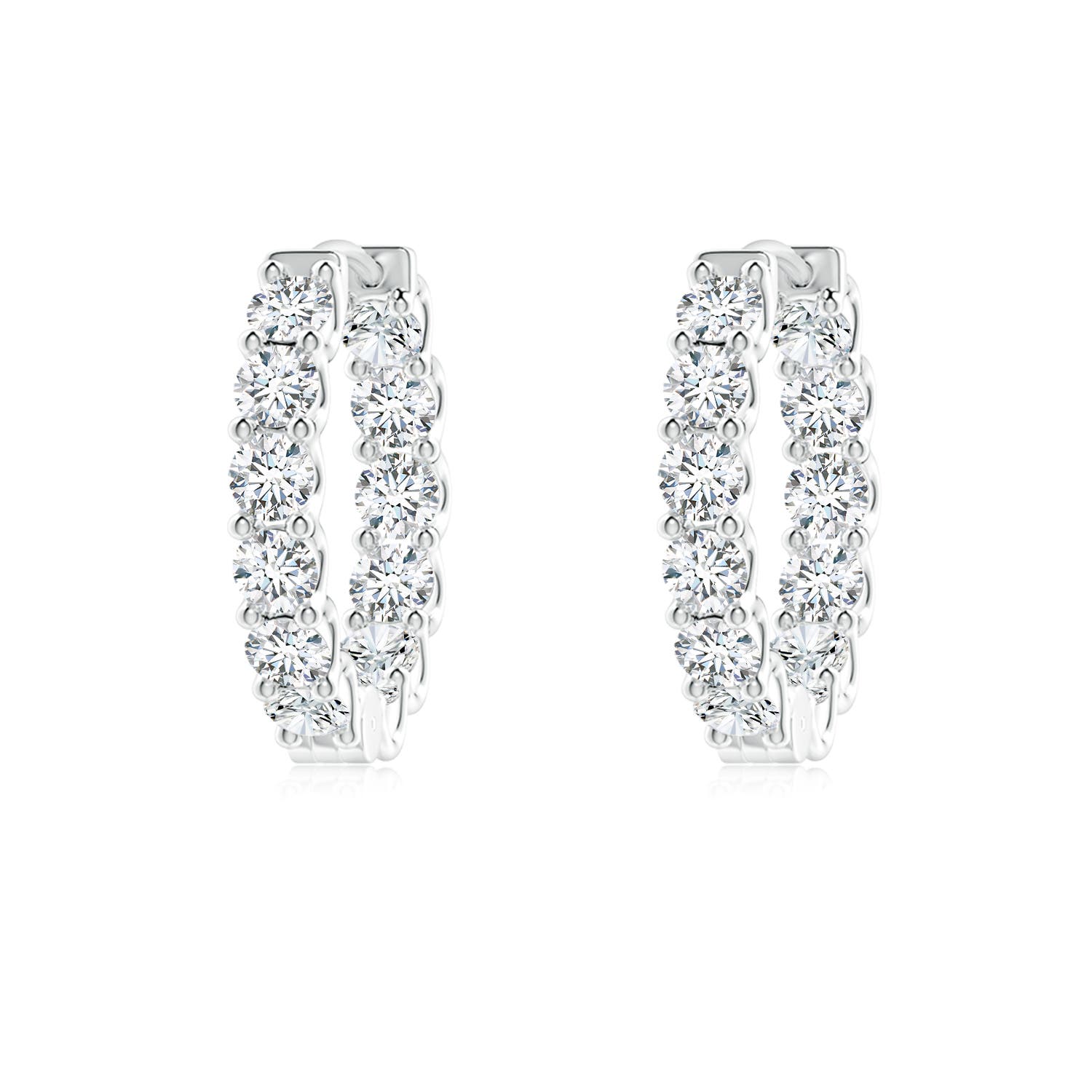A member of the quartz mineral clan, the blue lace agate is one of the more underrated gemstones in the market today.
Its body can be described as layers of blue, stacked on top of each other. Interestingly, most of the layers present here feature different shades ranging from extremely pale to rich, dark blue. Some variations even feature brown threads which give them a distinctly earthy feel.
In terms of its location, this translucent jewel is primarily found in Namibia (a country in Southern Africa).
Believe it or not, one of the most common questions asked about the stone is ‘can blue lace agate go in water?’ And today, we plan on answering just that.
So, grab a hot beverage for yourself and read on…
Let’s Get Right to it…can Blue Lace Agate Go in Water?
Yes, it can – but only for a short while.
To understand why we first need to discuss the Mohs scale.
In 1822, Fredrich Mohs, a German gemologist and mineralogist created a qualitative ordinal scale to measure the durability of a gemstone. He promptly called it the Mohs scale of mineral hardness.
It was later discovered that jewels which were scored 5 or higher on this scale (like the blue lace agate, for example) were less likely to get damaged by water. As such, this stone can technically be submerged in water.
Having said that, we don’t recommend doing so for a long time. This is simply because water can strip away the polish from your gemstone and leave it looking dull. This, in turn, can negatively impact the aesthetic of the piece.
Now that you know the answer to the question – ‘can blue lace agate go in water?’, let’s discuss the best way to clean it.
How Do You Clean Your Blue Lace Agate?
As touched upon before, blue lace agate is a relatively durable gemstone and features a 6.5-7 rating on the Mohs scale. As such, the best way to clean your piece is as follows:

- Begin by soaking your blue lace agate in a mild, lukewarm soap water solution for 3-5 minutes (don’t worry, the polish won’t get damaged within such short span of time). Make sure that the water is not too hot as the heat could cause the gem to crack.
- Next, gently scrub your gemstone with a soft-bristled brush. Don’t forget to clean the edges of the jewel and its setting as that’s where most of the dirt lies.
- Once done, place your jewellery item under running water to wash away any excess soap and leave it aside to air dry.
Additional notes: Remember to flip your piece over a few times during the drying process. This will remove all the water present in the gem’s crevices.
Apart from this, avoid placing your jewel in direct sunlight as that could cause it to lose its colour over time.
We also do not recommend washing your gem with steam or ultrasonic cleaners as those devices could damage your stunner.
General Care Tips for Your Blue Lace Agate
To avoid scratching your jewel, place it in a cloth bag or velvet-lined box and store it in a cool, dry place like your closet, for example.
Only wear your blue lace agate jewellery when you’re leaving the house and remove it immediately after you return. This will minimize any damage caused by the chemicals present in your everyday items like lotion, perfume, hairspray, etc.
We also recommend wiping your jewellery with a soft cloth after every use to reduce the oil build-up.
To prevent breakage, remove your jewellery items before doing any strenuous physical activities like exercising, gardening and so on.
Did You Know?
That the blue lace agate is commonly associated with calm and tranquility. Apart from this, the stone is also used to symbolize unity, hope, protection, positivity, truth and promptness.
Now that you know a little more about the blue lace agate, let’s move on to other gemstones like the bloodstone, for example. Similar to the blue lace agate, one of the most frequent questions asked about this gem is ‘can bloodstone go in water?’ And we’re happy to say that it can, but only for a short while.
Interestingly, the sunstone and nuummite are other jewels that can be submerged for a short period. We won’t get into the nitty-gritty here, but if you’d like to get more information about these, read our articles titled, ‘can sunstone go in water?’ and ‘can nuummite go in water?’ respectively.
Coming to some of our more renowned gemstones, let’s answer the question ‘can emerald go in water?’ Absolutely! With a 7.5-8 rating on the Mohs scale of mineral hardness, emeralds are one of the tougher jewels available today. Needless to say, they can definitely be submerged in water for short periods.
What about amethysts – can they be submerged? Yes, they can. If you’d like to know why, read our article titled, ‘can amethyst go in water?’
































